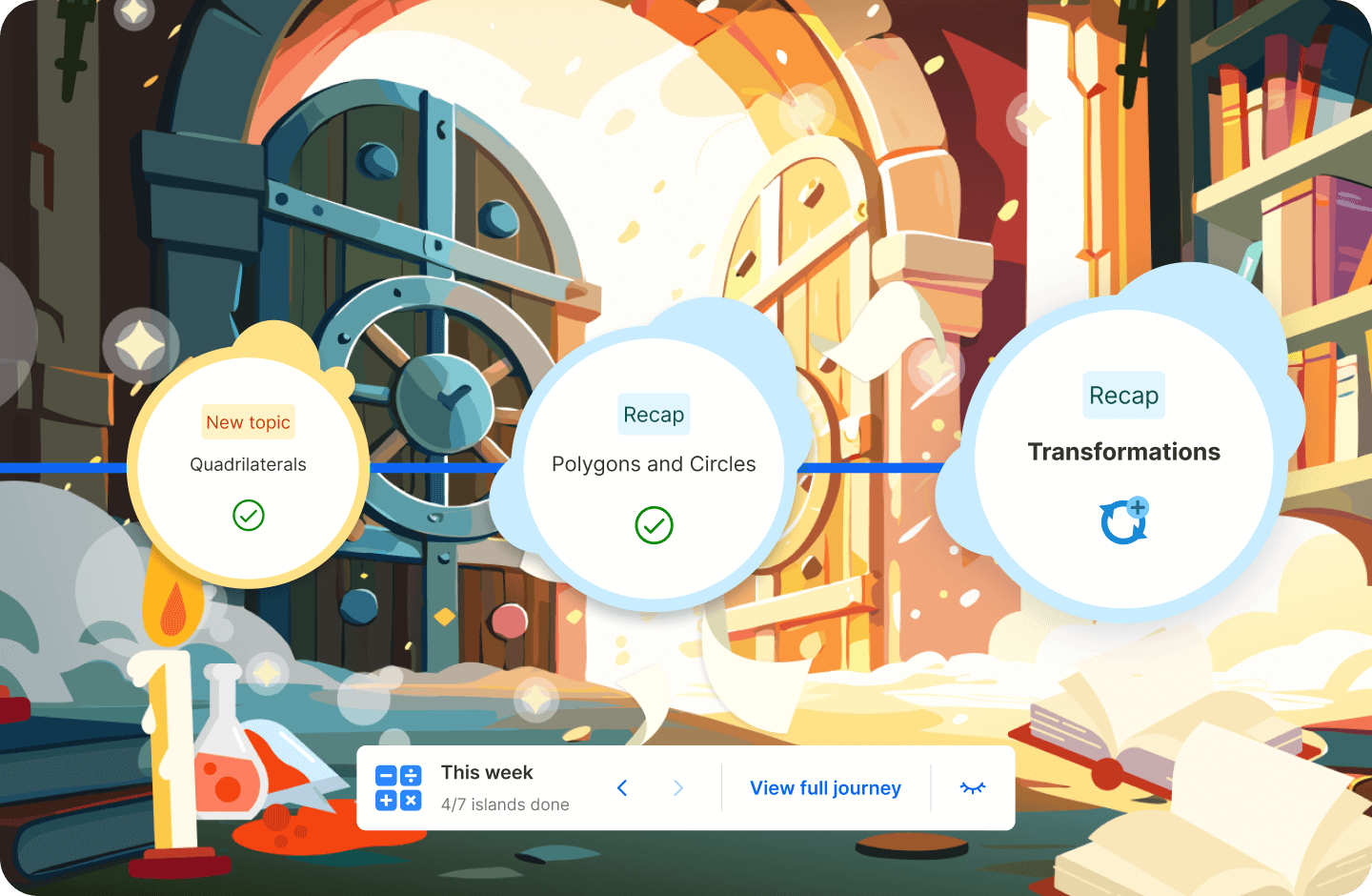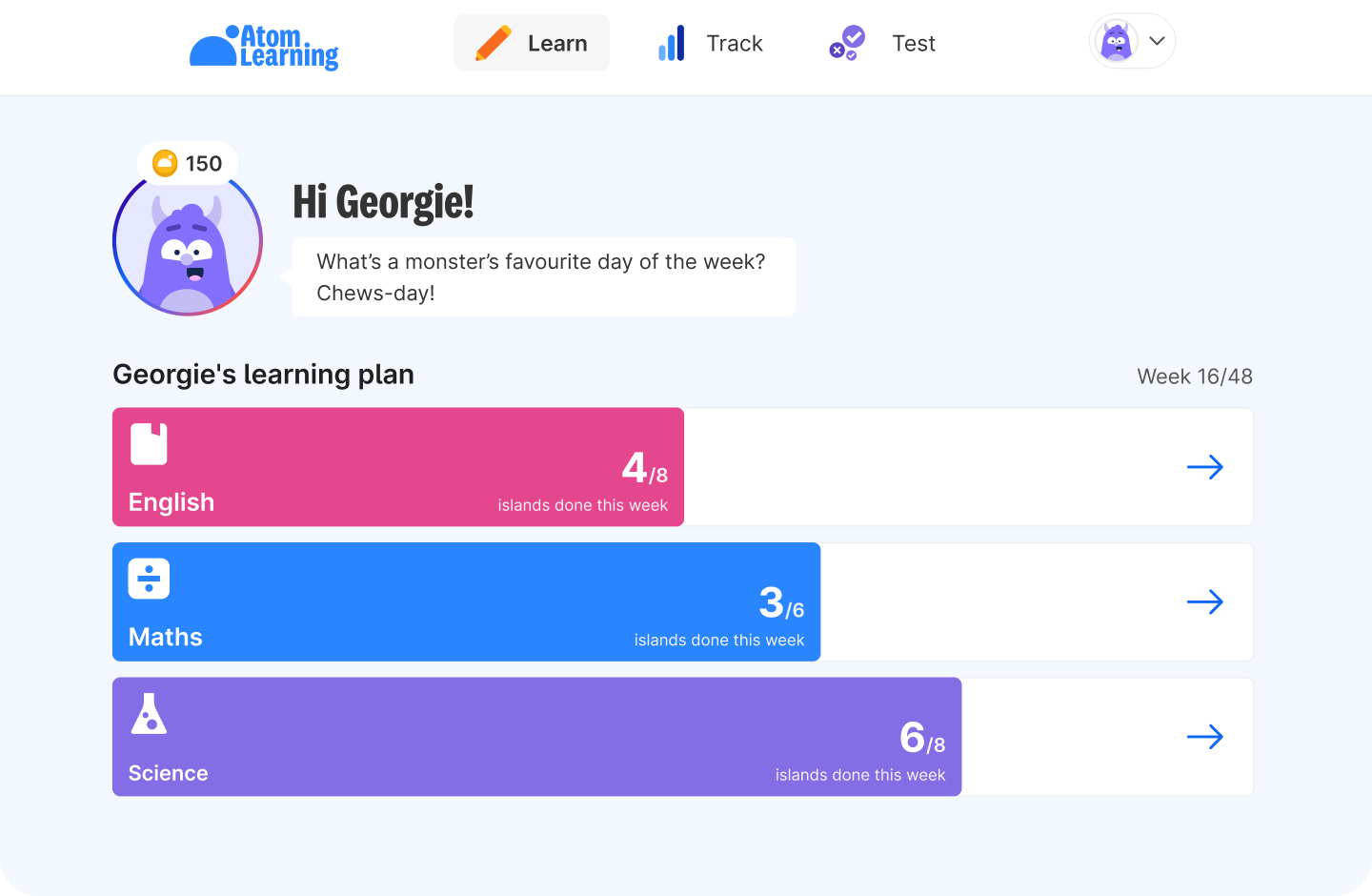As the summer holidays draw to a close, you'll no doubt be preparing your child for the start of a new school year. After weeks of staying up late and sleeping in, many parents face the challenge of getting their children back into a school sleep routine.
With a little planning and patience, it's possible to help your child rediscover healthy sleep habits. In this article, we'll explore some practical tips you can use to ensure they are well-rested and ready to take on the new school year!
How much sleep do children need?
The amount of sleep your child needs depends on their age. Younger children typically need more sleep than those who are approaching secondary school.
The American Academy of Sleep Medicine (AASM) recommends these sleep durations for different age groups:
- Infants (4–12 months old): 12–16 hours (including naps)
- Toddlers (1–2 years old): 11–14 hours (including naps)
- Pre-school (3–5 years old): 10–13 hours (including naps)
- Primary/early secondary school (6–12 years old): 9–12 hours
- Teenagers (13–18 years old): 8–10 hours
Benefits of sleep for children
We all need a good night's sleep to thrive and perform at our best, but it's especially important for children. Sleep is a fundamental aspect of a child's overall development and wellbeing, and helps children:
- Reach their full growth potential. As we sleep, the body releases growth hormones, helping us grow, repair, and regenerate tissues.
- Perform well academically. During sleep, the brain consolidates and organises the information we have learned during the day. Getting lots of good-quality sleep helps the brain retain information, allowing children to build long-term knowledge.
- Regulate their emotions. Not getting enough sleep can lead to mood swings, irritability and emotional outbursts. Well-rested children are also better able to regulate their behaviour and attention.
- Build a healthy immune system. The body produces cytokines as we sleep, which are essential for fighting infections and promoting overall health. Sleep helps children become more resilient to illnesses.
- Develop motor skills. Adequate sleep enhances physical coordination, which can have a positive impact on sports performance and physical activities.
- Improve cognitive ability. Sleep is closely linked to cognitive functions such as memory, attention, problem-solving and creativity.
Tips for getting back into a sleep routine
1. Create a gradual transition
A sudden shift in bedtime can be stressful for children, and might result in resistance!
Begin the process gradually by setting both an earlier bedtime and wake-up time (e.g. moving them 15 minutes earlier) every few nights. It's a good idea to start this process about two weeks before school starts. This allows time for your child's body to adjust more naturally, making bedtime on the last day of the holidays less daunting.
2. Set a bedtime routine
Setting a good bedtime routine is essential for better sleep. A calming routine before bed helps signal to our bodies that it's time to wind down and prepare for sleep.
Some examples of relaxing activities to introduce into your child's routine include:
- Light stretches
- Meditating and/or journalling
- Having a warm bath or shower
- Cuddling with a parent
- A bedtime story
Work with your child to create a routine they'll look forward to and enjoy to make the transition more appealing.
3. Limit screen time
Electronic devices emit blue light and interfere with the production of the sleep hormone melatonin. This can make it harder to fall asleep.
To help your child get good quality sleep, establish a rule to limit screens for at least an hour before bedtime. Help them feel like they aren't missing out by providing fun screen-free activities to do instead, such as reading, drawing, puzzles and toys.
Atom Learning’s educational experts have curated incredible reading lists to get your child started. [Download our free recommended reading lists here.]
4. Create a sleepy environment
Ensure that your child's bedroom is comfortable and distraction-free so that sleep is the main event. Consider things like:
- Blackout curtains to block out bright light (particularly in the summer months)
- A comfortable mattress and pillows
- Storage to keep toys out of sight (and out of mind)
- A fan to keep the room cool
- A white noise machine to block out disruptive noises from outside or elsewhere in the house
5. Encourage physical activity
Regular exercise is essential for our physical health, and doubles up as a useful way to tire children out before bed! Encourage your child to play outside or engage in family activities that involve physical movement.
Make sure that your child avoids vigorous exercise too close to bedtime, as it might have the opposite effect and energise them. The body needs around 90 minutes after exercise for endorphin levels and core temperature to return to pre-activity levels.
6. Avoid heavy meals
It's best to avoid eating a full or heavy meal near bedtime. The body needs time to properly digest food to avoid symptoms such as indigestion, heartburn and acid reflux.
Ideally, your child shouldn't be eating a large meal within two hours of going to bed. If your child is still hungry, a light snack, such as a yoghurt or a piece of fruit, is recommended by sleep experts.
7. Lead by example
Children often mimic the behaviour of their parents, and sleep habits are no exception!
Set a positive example to your child by setting your own consistent sleep schedule. While your own bedtime is no doubt quite different to your child's, make sure to emphasise the importance of getting a good night's sleep. Positive comments to your child the next day ("I feel good this morning because I went to bed earlier last night") help reinforce that sleep is desirable.
8. Be patient
Remember that adjusting to a new sleep schedule can take time. Be patient and show understanding as your child adapts to the changes. It's important to offer encouragement and support throughout the process, and avoid scolding your child if they're struggling to fall and stay asleep.





.avif)